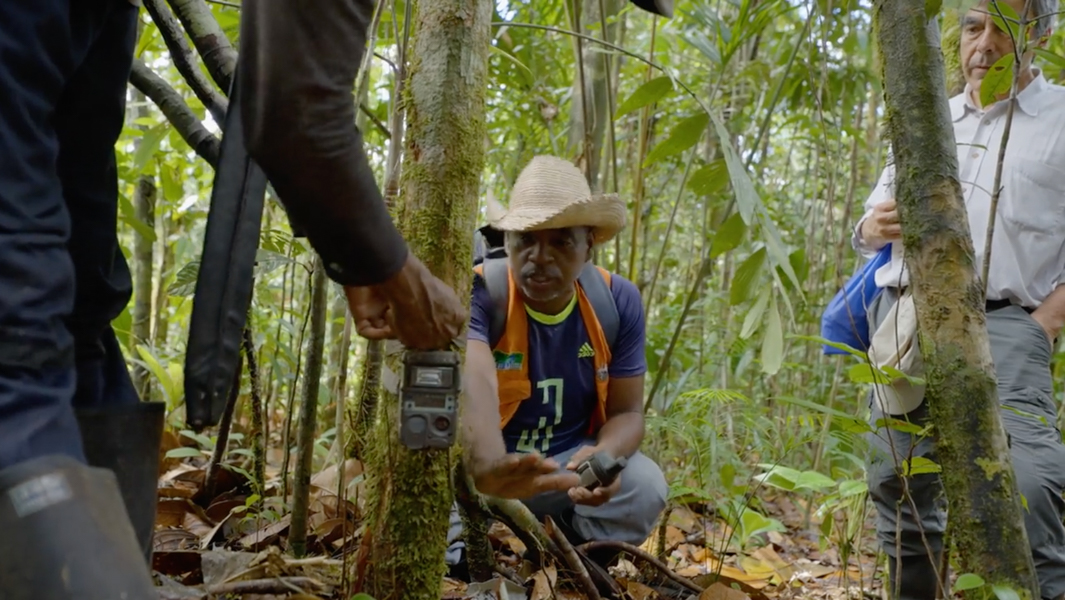How Carbon Markets are Supporting Communities in Colombia
Carbon finance can help with the transfer of resources to support sustainable development and self-determination of often marginalized communities, while also reducing harmful emissions threatening our planet.

Carbon is everywhere, and locally led carbon projects have the power to support communities’ sustainable development while contributing to global climate action and biodiversity conservation. With growing revenues in carbon markets, and a growing demand for countries and companies to address climate change with greater urgency, carbon markets have gained significant attention recently. The global community is pressuring emitters to reduce, not just offset, emissions, and demanding that carbon projects be more transparent, share benefits more equitably, and adhere to more rigorous standards. Addressing these issues is top of mind for countries and corporations alike, and carbon finance is expected to be a major topic at the COP28 currently underway.
Over the past ten years, Chemonics has implemented several climate change, biodiversity conservation, and natural resource management projects in Colombia, on behalf of the U.S. Agency for International Development (USAID), that have supported people-centered carbon projects in one of the world’s most biodiverse countries. Carbon markets offer a range of opportunities to the people of Colombia: supporting the indigenous Misak people in the high Andes to reconnect with their traditions; encouraging ranchers in the eastern plains to improve sustainable practices and enhance revenues through conservation; and allowing Afro-Colombian communities on the Pacific coast to invest in the health and livelihoods of their community. The documentary below features the voices of Colombia’s carbon stewards – including private landowners, Indigenous and ethnic groups, and rural communities – who have played a central role in the identification, design, and implementation of these carbon projects.
For carbon projects to succeed there needs to be trust on all sides. Carbon credits need to be closely scrutinized, validated, verified, and open to the public. As the scientific methodologies and reporting requirements supporting carbon markets become more rigorous, nature-based carbon projects must also evolve. This evolution should be underpinned by supporting the stewards of carbon to take leadership roles in climate action.
More than generating high-quality credits, Chemonics takes a “development first” approach to carbon markets, where carbon markets are vehicles for resource transfers to support those most impacted by climate change to finance their own vision for sustainable, local development. For Ana Clemencia Aranda, a teacher in the Guambia Indigenous Reservation in the Western Andes and member of the Misak community, the pressures for unsustainable conversion of the land must be met with viable alternatives for conservation to succeed: “If this is our life’s blood, how are we going to maintain it? What if we receive a payment for the environmental services our páramos produces?” With the promise of carbon markets, the Misak have begun to restore the páramos and invest in community-driven education.
